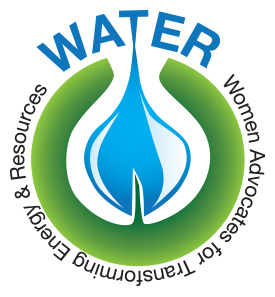 INDIA AS THE VOICE FOR DEVELOPING COUNTRIES AND AS AN ENERGY & CLIMATE LEADER
INDIA AS THE VOICE FOR DEVELOPING COUNTRIES AND AS AN ENERGY & CLIMATE LEADER
Nov. 8, 2016
BY SONALI P. CHITRE
India recently changed the name of its Ministry of Environment and Forests to instead call it the Ministry of Environment, Forest, and Climate Change. This clear signal demonstrates India’s desire to combat the climate crisis. Minister of State for Environment, Forest and Climate Change Anil Madhav Dave has said India will “put across its views based on Indian, or Gandhian lifestyle in Morocco.” He added: “Issues related to raising finance under Green Climate Fund (GCF) and technology transfer will also be raised at COP-22.”
India is now the world’s fastest-growing economy, according to the International Monetary Fund (IMF), and India is set to become the world’s most populous country in just seven years, according to the UN. India’s is the world’s 3rd largest emitter of greenhouse gases (GHGs), behind #1 China and #2 United States. However, India is “energy poor,” based on the percentage of the population without access to stable electricity, which amounts to roughly 300 million people.
Over the years, Indian climate politics has been shaped by the need to balance dual but contradictory objectives: India needs an effective climate agreement to protect its population against climate change impacts, but it also needs sufficient low-cost energy for development and growth. India is a large emitter and must curb emissions to solve the global crisis to avoid the game theoretic problem that would create a stalemate if the large emitters cannot agree to all curb emissions.
The problem with the climate regime is one of Common But Differentiated Responsibilities. India has historically emitted much less per capita than the western industrialized countries. According to the World Resources Institute (WRI), India was at the bottom for per capita emissions among the top 10 emitters, with average per capita emissions of around 1.92 tonnes of carbon dioxide equivalent, while that of Canada was 24.6 tonnes, the United States 19.6 tonnes, Russia 15.3 tonnes, and China 7.69 tonnes in 2011. India, like other emerging economies that have borne much of the burden in terms of pollution while experiencing the often inequitably distributed benefits of globalization, can have a contentious relationship in negotiating with the Global North. Here the Global North countries have a responsibility to provide adequate technology transfer, capacity building, and finance to create the transition to a green economy for countries such as India.
The big win for India in the Paris Agreement was the inclusion of the phrase “common but differentiated responsibilities” recognizing the different national circumstances of developed and developing countries. India’s former Environment Minister Prakash Javadekar termed the deal an “important achievement” for India, noting that India’s push for “sustainable lifestyles and climate justice” was included in the 31-page final draft of the agreement.
India must become the world’s clean technology leader in terms of innovation and deployment. India has already been working on the target of producing 175GW of electricity by 2022 from clean energy solutions like solar (100GW), wind (60GW), biomass (10GW) and small hydro (5GW). Furthermore, the country plans to add more renewable energy to its grid, which is 40% of its energy generation as against 30% in the US. The renewable energy sector within India will need to be scaled up. Both rural development and the transportation sector have to be modernized and made more sustainable as well.

 (202) 460-2229
(202) 460-2229
 Join Us On Facebook
Join Us On Facebook Join Us On Twitter
Join Us On Twitter Join Us On In.com
Join Us On In.com Subscribe to Our Blog
Subscribe to Our Blog